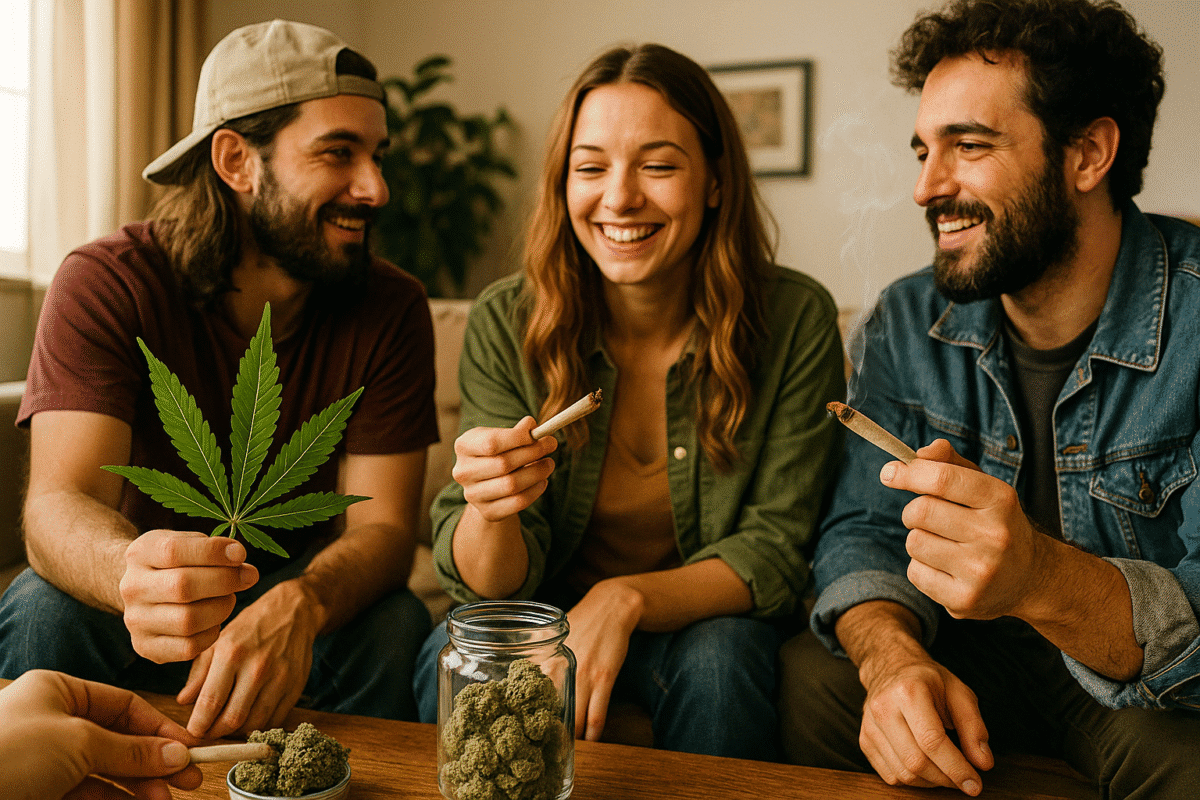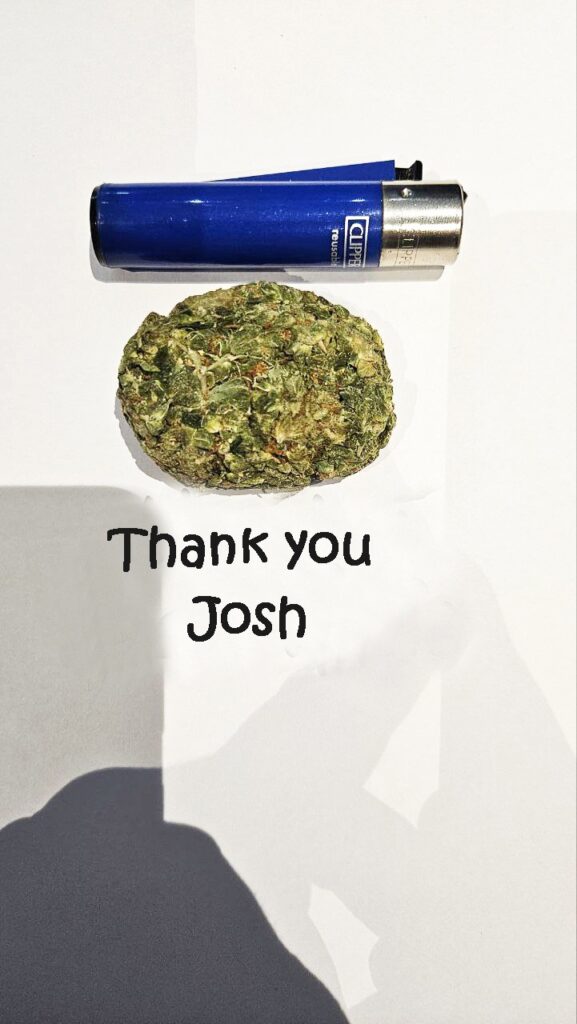Cannabis in Barberena, Guatemala: Unpacking the Complex Landscape

Introduction
Barberena, a charming municipality in the Santa Rosa department of Guatemala, is characterized by its rich cultural heritage, vibrant community life, and picturesque landscapes. While this small town offers a glimpse into traditional Guatemalan life, it also finds itself at the crossroads of evolving societal attitudes toward cannabis. This article will explore the history of cannabis in Barberena, its current legal status, cultural perceptions, economic implications, and future prospects, providing a comprehensive overview of the topic.
1. Historical Context of Cannabis in Barberena
1.1 Early Uses of Cannabis
Cannabis has a long history in Central America, but its introduction and use in Guatemala, including Barberena, can be traced back several centuries:
- Pre-Colonial and Colonial Periods: Indigenous peoples of the region primarily relied on local plants for medicinal and ritualistic purposes. Cannabis was likely introduced during the colonial period, primarily for its fiber, which was useful in making textiles and ropes.
- Traditional Medicine: While cannabis did not play a significant role in indigenous medicinal practices, some communities have historically utilized various plants for healing. The introduction of cannabis added another layer to the traditional pharmacopoeia, albeit not widely adopted.
1.2 The Rise of Prohibition on weed in Barberena
The mid-20th century brought significant changes in attitudes toward cannabis:
- Global Anti-Drug Movement: Influenced by international campaigns against narcotics, Guatemala adopted strict laws against cannabis. In 1957, the country enacted its first comprehensive drug legislation, which criminalized the cultivation, possession, and use of cannabis.
- Impact on Communities: The criminalization of cannabis impacted small communities like Barberena, where its cultivation had been common. Many residents began to cultivate cannabis in secret, fearing legal repercussions.
2. Current Legal Status of Cannabis in Barberena
2.1 National Legislation on Weed in Barberena
Cannabis remains illegal in Guatemala, a situation that has significant implications for Barberena:
- Classification as a Narcotic: Under Guatemalan law, cannabis is classified as a narcotic, leading to harsh penalties for possession, cultivation, and trafficking. The current legal framework perpetuates a culture of fear around cannabis use.
- Lack of Medical Regulations: Unlike several countries that have embraced medical cannabis, Guatemala lacks formal regulations for its medicinal use. Patients seeking cannabis-based therapies face significant barriers to access, limiting their treatment options on weed in Barberena.
2.2 Enforcement Dynamics/Weed in Barberena
Law enforcement practices in Barberena reflect the broader national approach to cannabis prohibition:
- Local Policing Strategies: The local police actively monitor areas known for cannabis cultivation. Law enforcement raids create a climate of fear, further alienating residents from discussing cannabis openly on weed in Barberena.
- Community Reactions: Many residents consume cannabis discreetly to avoid legal repercussions. This secrecy contributes to a stigmatized view of cannabis, making it challenging to foster an informed dialogue about its use and potential benefits.
3. Cultural Attitudes Toward Cannabis in Barberena
3.1 Social Acceptance and Usage Patterns
Despite legal prohibitions, cannabis use is relatively common in Barberena on weed in Barberena:
- Recreational Use: Among young adults and adolescents, cannabis is often perceived as a recreational substance. Social gatherings frequently involve cannabis consumption, indicating a degree of normalization among specific demographics.
- Traditional and Medicinal Uses: Some older residents recall traditional uses of various plants for medicinal purposes, and as awareness of cannabis’s potential benefits grows, more individuals are beginning to explore its use for stress relief and other ailments.
3.2 The Underground Market on Weed in Barberena
Prohibition has led to the emergence of an underground cannabis market in Barberena:
- Cultivation Practices: Some residents discreetly cultivate cannabis for personal use, while others engage in small-scale sales. These operations typically remain hidden from law enforcement.
- Economic Necessity: For many families, illegal cannabis cultivation serves as a critical source of income, especially in an economy where agricultural opportunities can be scarce on weed in Barberena.
4. Economic Implications of Cannabis in Barberena
4.1 Potential Economic Contributions
Legalizing cannabis could yield considerable economic benefits for Barberena:
- Job Creation: A regulated cannabis industry could create various employment opportunities in agriculture, processing, and retail, stimulating local economic growth on weed in Barberena.
- Tax Revenue: Legalization could generate significant tax revenue for local and national governments, which could be reinvested into community projects, education, and infrastructure development.
4.2 Barriers to Economic Growth
Despite potential benefits, several barriers hinder the legalization of cannabis in Barberena:
- Political Resistance: Conservative factions within the Guatemalan government oppose cannabis reform, citing public health concerns and the potential for increased drug abuse. This political resistance complicates efforts to establish a supportive legal framework.
- Public Misunderstanding: Many residents lack accurate information about cannabis and its potential benefits. This lack of awareness perpetuates negative stereotypes and misunderstandings about the plant.
5. Social Dynamics Surrounding Cannabis in Barberena
5.1 Generational Differences
Social attitudes toward cannabis in Barberena are influenced by generational perspectives:
- Youth vs. Elders: Younger generations increasingly view cannabis as a natural substance with potential benefits, while older generations may hold onto traditional beliefs that associate cannabis with crime and vice. This generational divide can lead to tensions within families and communities.
- Community Dialogues: Encouraging open discussions about cannabis can help bridge the gap between generations, fostering understanding and acceptance of changing attitudes.
5.2 The Role of Education
Education plays a crucial role in shaping perceptions of cannabis in Barberena:
- Community Awareness Programs: Local organizations can host workshops and seminars to educate residents about cannabis, focusing on its potential benefits and responsible use. These initiatives empower individuals to make informed choices regarding cannabis consumption.
- Utilizing Media: Leveraging social media and local news outlets to disseminate accurate information about cannabis can help normalize discussions and counter harmful stereotypes.
6. The Potential for Medical Cannabis
6.1 Advocacy for Medical Use
There is a growing movement advocating for the legalization of medical cannabis in Guatemala, including Barberena:
- Health Benefits: Advocates argue that cannabis can provide therapeutic benefits for various medical conditions, including chronic pain, anxiety, and epilepsy. Access to medical cannabis could significantly improve the quality of life for many patients in the region.
- Personal Stories: Testimonials from individuals who have found relief through cannabis use humanize the issue, helping to shift public perception. These narratives highlight the potential benefits of medical cannabis.
6.2 Challenges to Legalization on Weed in Barberena
Despite the growing advocacy for medical cannabis, several obstacles hinder its legalization:
- Political Resistance: Conservative factions within the Guatemalan government often oppose cannabis reform, citing concerns about public health and safety. This resistance complicates efforts to establish a supportive legal framework.
- Lack of Awareness: Limited understanding among healthcare providers regarding the medicinal properties of cannabis presents a challenge. Educational initiatives targeting medical professionals are essential for fostering informed discussions.
7. Future Prospects for Cannabis in Barberena
7.1 Grassroots Movements
The changing conversation around cannabis presents opportunities for reform in Barberena:
- Community Advocacy: Local advocacy groups are beginning to organize efforts to push for cannabis reform. Building a coalition of supporters can influence local and national policymakers.
- Engaging Decision-Makers: Advocacy should focus on engaging local leaders and lawmakers to discuss the economic and social benefits of cannabis legalization. Presenting evidence-based arguments can help shift perceptions and garner support.
7.2 The Role of Education and Awareness
Increasing public understanding of cannabis is essential for overcoming stigma and fostering informed discussions:
- Workshops and Training: Local organizations can offer workshops and training sessions focused on cannabis cultivation, usage, and its potential benefits. This knowledge can empower residents and demystify cannabis.
- Leveraging Social Media: Utilizing social media platforms to share stories, experiences, and research can help normalize conversations about cannabis in the community.
8. Conclusion
The cannabis landscape in Barberena is shaped by a complex interplay of historical, legal, and social factors. While cannabis remains illegal, evolving attitudes and growing advocacy efforts signal a potential shift in the future.
Through education, advocacy, and community engagement, residents of Barberena can navigate the challenges associated with cannabis culture and work toward a future that recognizes its potential benefits. The journey toward understanding and acceptance of cannabis may be challenging, but it is essential for fostering a more inclusive and equitable society.
As discussions about cannabis continue to evolve, Barberena stands at a crucial juncture. By embracing opportunities for reform and promoting informed conversations, the community can shape its narrative surrounding cannabis in a way that reflects its values and aspirations. The future of cannabis in Barberena is still unwritten, but with collective efforts, it can lead to a more enlightened and just society for all its residents.
Ultimately, the cannabis conversation in Barberena is just beginning, and it holds the potential to shape the future of this vibrant community. With determination and solidarity, change is not only possible but attainable, paving the way for a more informed and equitable approach to cannabis in the years to come.

Message Josh on = joshchris385@gmail.com.
he sorted us in style during our little vacation .
Top quality 420bud of different strains you can find around.
You won’t regret getting in touch with him . Highly recommended local plug his telegram / https://t.me/joshlegitplug
we did give it a try and the delivery guy delay like ten minutes but he finally arrived and woow the buds were so good and thank u so much josh.
His dealings are smooth and fast and his buds are so so good.

We were lucky over here Me and my crew enjoy our trip our deliveries was very safe. we ordered both Satis and Indis It was a great experience and great feeling as we mix them both and have a good time.
I contacted him on his telegram and due to security reasons he requested crypto payments which i did, about 30minutes later my dope was dropped at my requested location great guy!!!
i highly recommend.
Woow…thank so much for the buds flowers I purchased 10g (this is minimal order) for $100, everything went smoothly i paid with crypto currency as first timer in the morning and tonight he accepted cash on delivery .
“Absolutely love how easy and seamless the process was! The delivery was quick, and the quality is always top-notch. You’ve earned a loyal customer!”